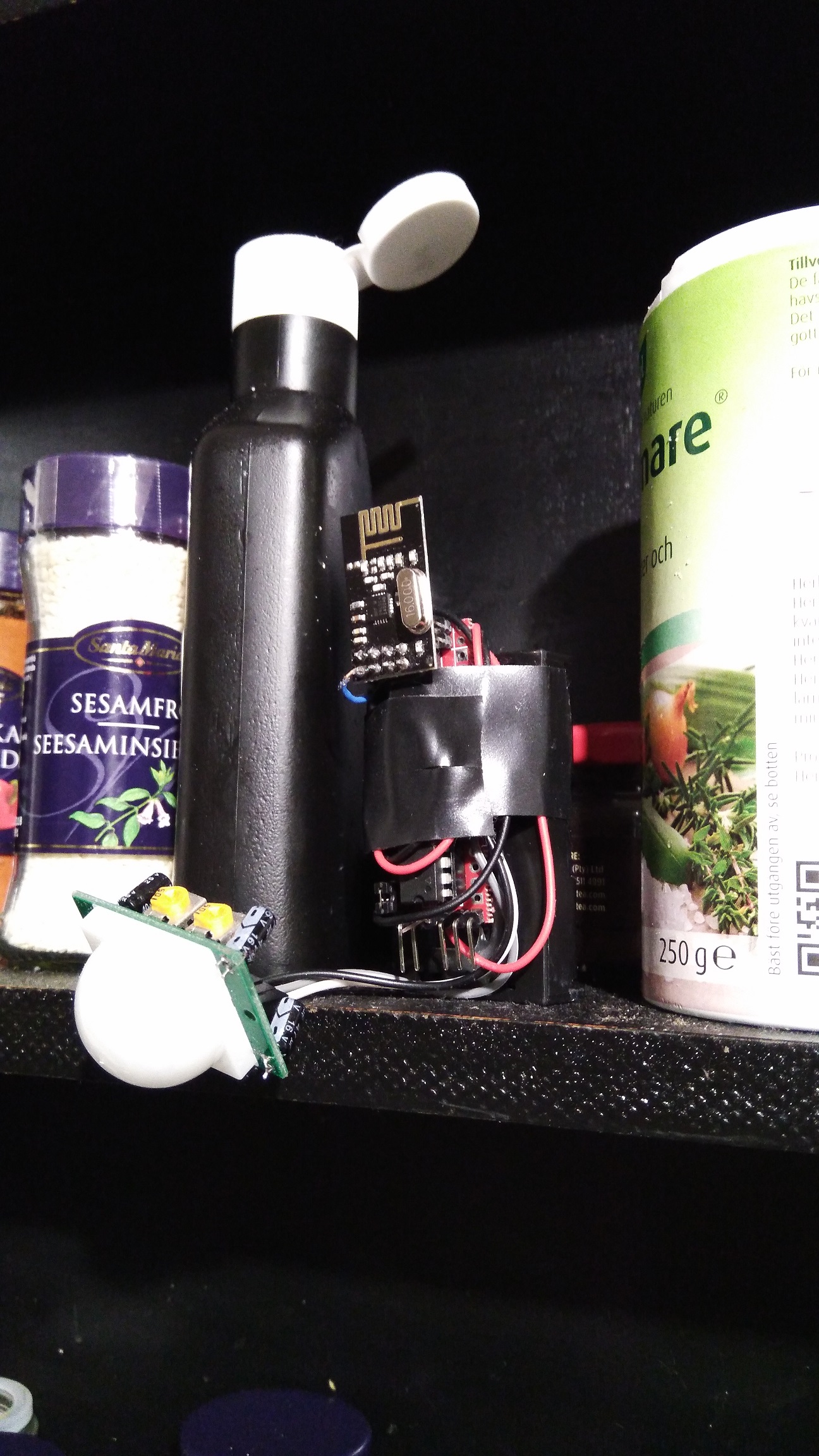What did you build today (Pictures) ?
-
I built my first MysX daughter board which I will connect to my EasyPCB to drive a led strip.
This will power everything from 12v so 2 things. Power main board and dim LED strip.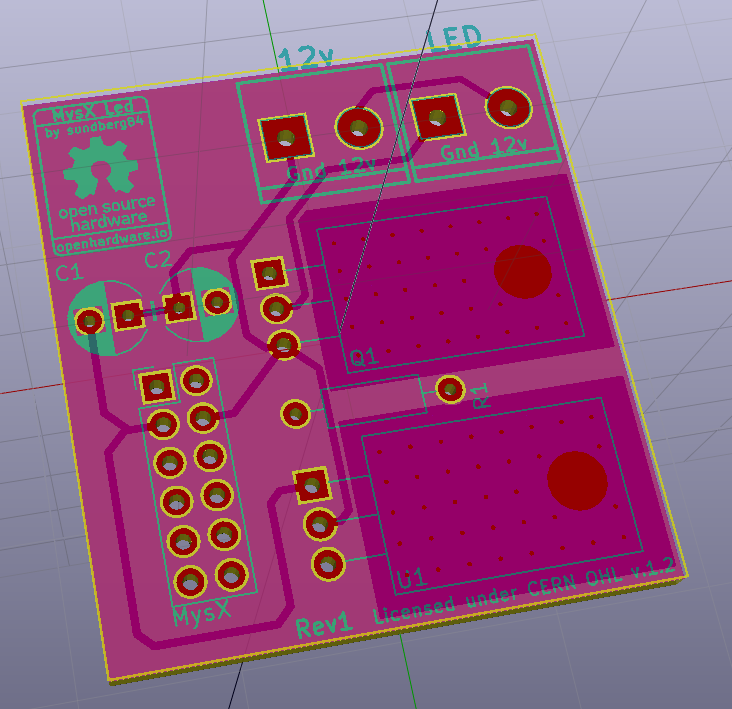
Do anyone knows it the back of a TO-220 always is connected to GND and if this should be connected to the board GND as well? Currently I have a exposed copper as a heatsink but this copper is not connected to GND.
-
Depends on the manufacturer / device type.. So look in the datasheet of the one that you want to use.
@tbowmo
Thank you - I want to be able to use them all/different (ie. 5v, 3.3v, different manufacturer) so I wont connect it and just use it as a heatsink. -
Depends on the manufacturer / device type.. So look in the datasheet of the one that you want to use.
-
Made this two-button nRF52832 remote control:
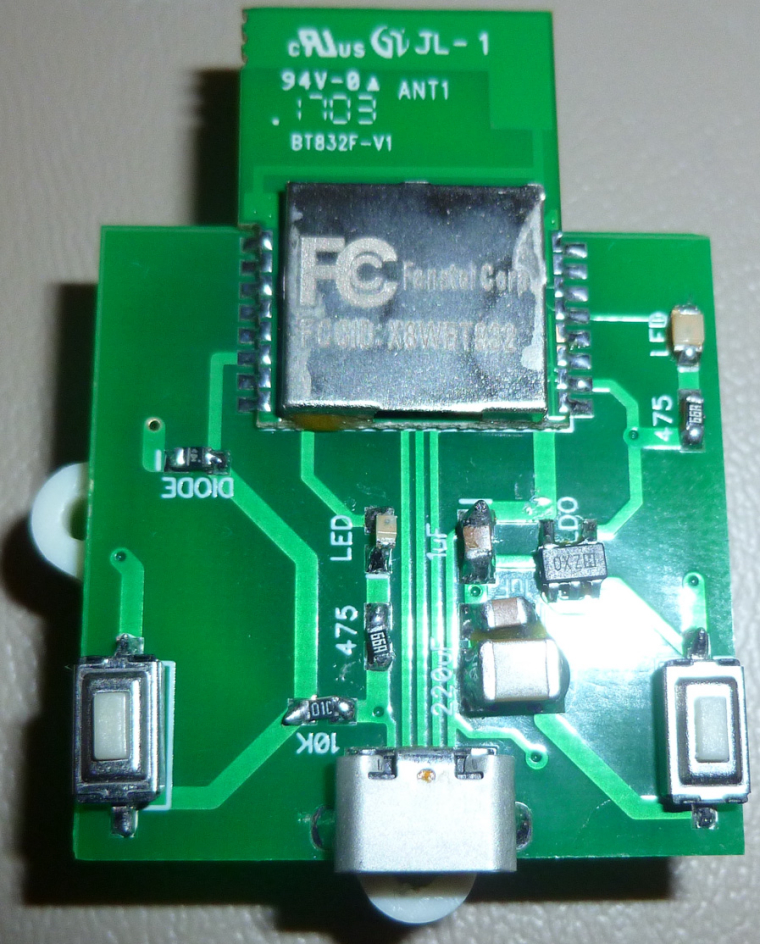
It only draws power when one of the buttons is pressed. -
nice :) what about range of the nRF52832 ? is it better than nfr24l01+ with pcb antenna ? I had problems with nrf24 and now I'm trying with rfm69. From first tests I can tell that it has much better range - but it is slightly larger and requires an antenna ...
-
nice :) what about range of the nRF52832 ? is it better than nfr24l01+ with pcb antenna ? I had problems with nrf24 and now I'm trying with rfm69. From first tests I can tell that it has much better range - but it is slightly larger and requires an antenna ...
@rozpruwacz said in What did you build today (Pictures) ?:
is it better than nfr24l01+ with pcb antenna ?
yes
-
Assembled and tested final version of LoRa Leak Detector:
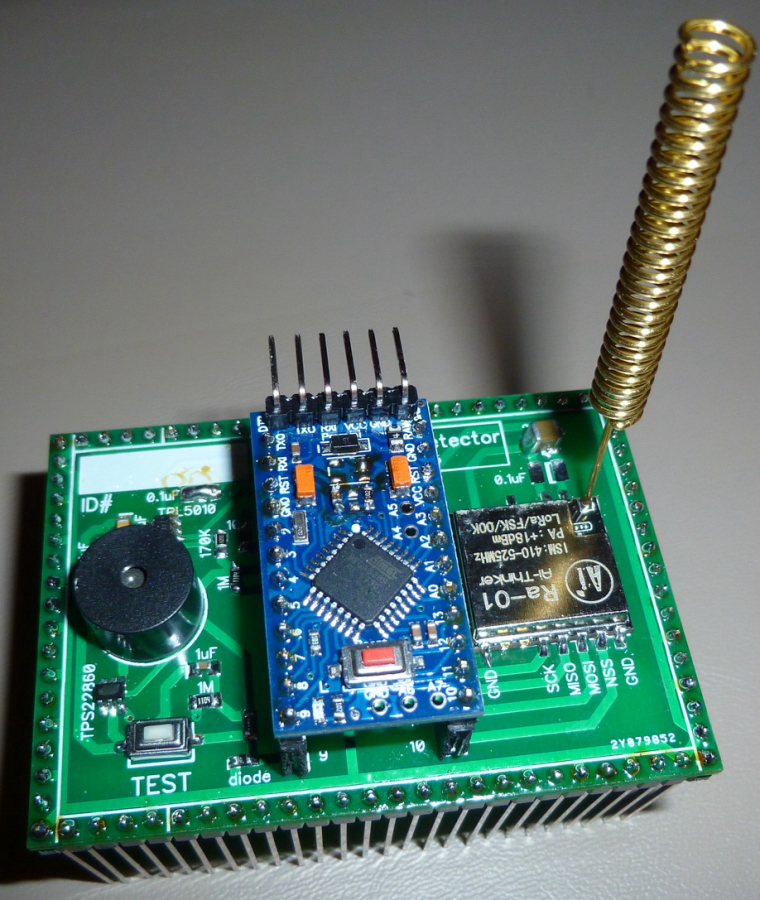
Thanks to an external watchdog (TPL5010), it consumes very little current while sleeping. Also, the external watchdog will reboot the pro mini should it ever become unresponsive, so, in addition, it should be highly reliable. -
Assembled and tested final version of LoRa Leak Detector:

Thanks to an external watchdog (TPL5010), it consumes very little current while sleeping. Also, the external watchdog will reboot the pro mini should it ever become unresponsive, so, in addition, it should be highly reliable.@neverdie said in What did you build today (Pictures) ?:
TPL5010
That's a really nice IC, I was looking for something like that but it seems I didn't search with the right keywords.
Thank you for sharing the discovery ! -
Made a simple LoRa node using my CNC:
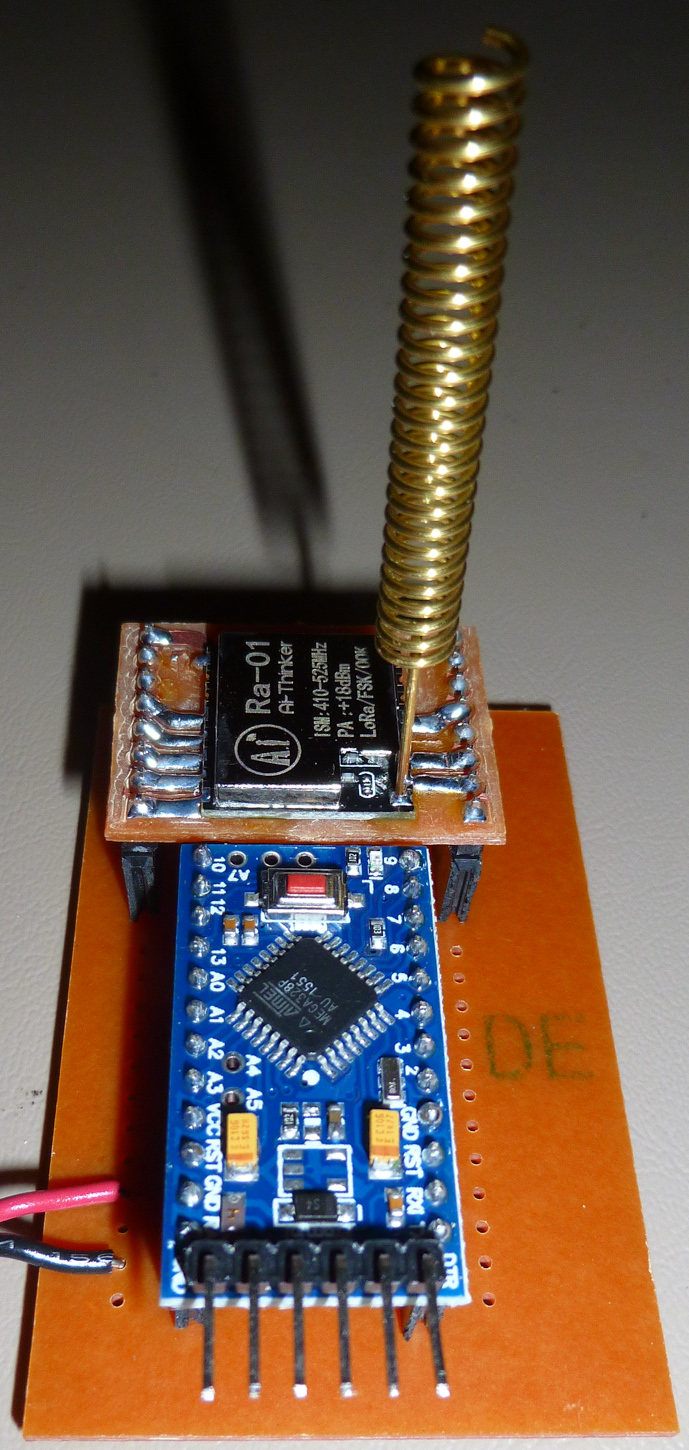
-
Upgraded it to include two AA batteries and a DS18B20 temp sensor. Future versions will tap the I2C pins on the pro mini, so those will have better TH sensors.
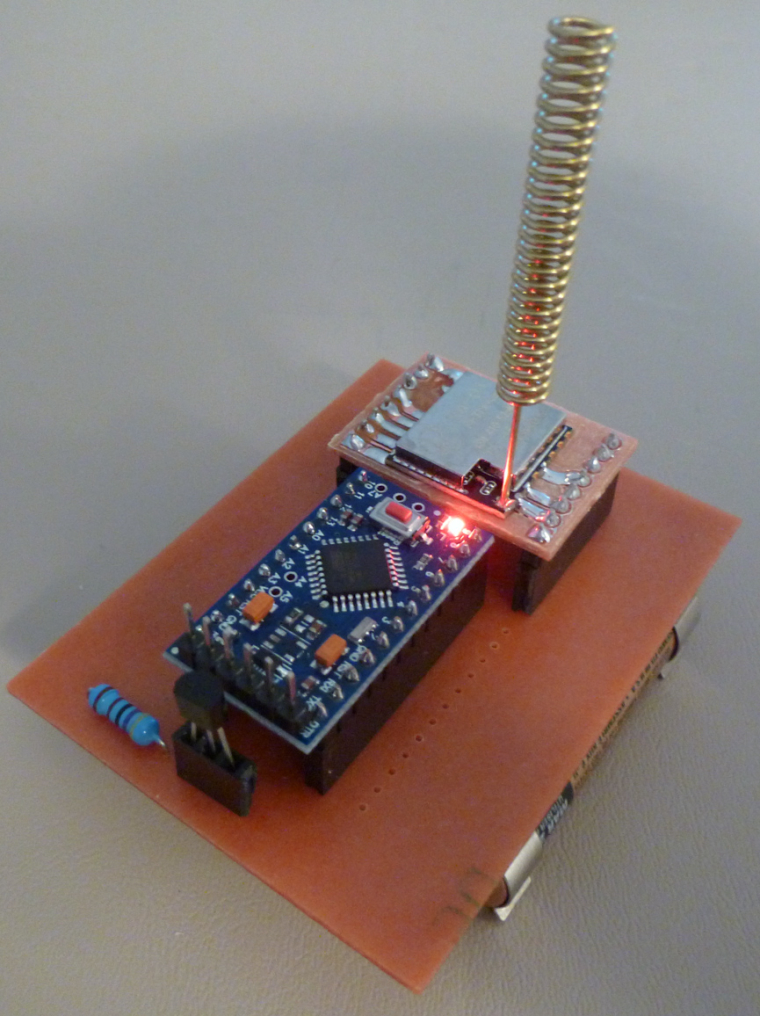
Range is noticeably better than when I was running the LoRa from just a breadboard. :)I'm tempted to use a double sided PCB and give the LoRa a more proper and really big ground plane to see if that boosts range even more (at the same power level).
-
Upgraded it to include two AA batteries and a DS18B20 temp sensor. Future versions will tap the I2C pins on the pro mini, so those will have better TH sensors.

Range is noticeably better than when I was running the LoRa from just a breadboard. :)I'm tempted to use a double sided PCB and give the LoRa a more proper and really big ground plane to see if that boosts range even more (at the same power level).
@neverdie You can also consider replicating the 1/4 wave against ground in the opposite direction perhaps? ;)
-
@neverdie You can also consider replicating the 1/4 wave against ground in the opposite direction perhaps? ;)
@zboblamont said in What did you build today (Pictures) ?:
@neverdie You can also consider replicating the 1/4 wave against ground in the opposite direction perhaps? ;)
I don't understand what you mean. Can you explain a bit more what that would be?
-
@zboblamont said in What did you build today (Pictures) ?:
@neverdie You can also consider replicating the 1/4 wave against ground in the opposite direction perhaps? ;)
I don't understand what you mean. Can you explain a bit more what that would be?
@neverdie Sure.
A quarter wave on an ideal Ground Plane mimics a half wave, the GP is sort of like a mirror in radio terms for the 1/4 above it....
Ergo two identical 1/4 waves, one attached to RF feed the other attached to ground, does the same thing, although in fact slightly better... -
@neverdie Sure.
A quarter wave on an ideal Ground Plane mimics a half wave, the GP is sort of like a mirror in radio terms for the 1/4 above it....
Ergo two identical 1/4 waves, one attached to RF feed the other attached to ground, does the same thing, although in fact slightly better...@zboblamont So, what you are advocating is a dipole antenna? i.e. something notionally similar to this:
https://www.openhardware.io/view/277/ESP8266-RFM69HW-gateway-with-dipole-antenna
At least, that is what it sounds like to me. -
@zboblamont So, what you are advocating is a dipole antenna? i.e. something notionally similar to this:
https://www.openhardware.io/view/277/ESP8266-RFM69HW-gateway-with-dipole-antenna
At least, that is what it sounds like to me.@neverdie Not advocating a dipole as such, only pointing to an alternative to your suggested ground plane at 90 degrees to the base of the antenna. Electrically, the second half of the dipole IS the ground plane, and vice versa.
With such physically small boards, it is virtually impossible to achieve the ideal ground plane unless the wavelength is very small, I suggested a duplicate helical tied to GND in the opposite direction to your antenna essentially accomplishes the same thing. -
Interestingly, I just now checked, and it appears my LoRa leak detectors have even better range still. Maybe it's because GND completely encircles the PCB along all four edges. This may cause me to rethink the design of the gateway node, which up to now has been much smaller than the leak detectors....
-
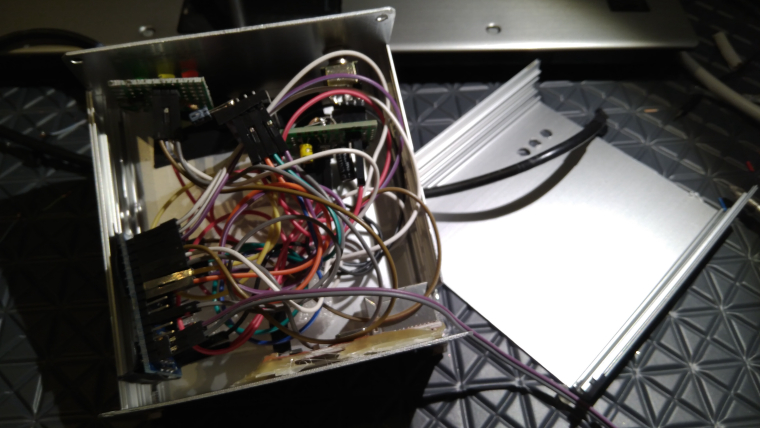
Today some maintenance on my GW.
Added a ground wire for debug and also corrected a buildmisstske and grounded the case.
And relocated (let's hope for the best) it to my new HA DIY board...
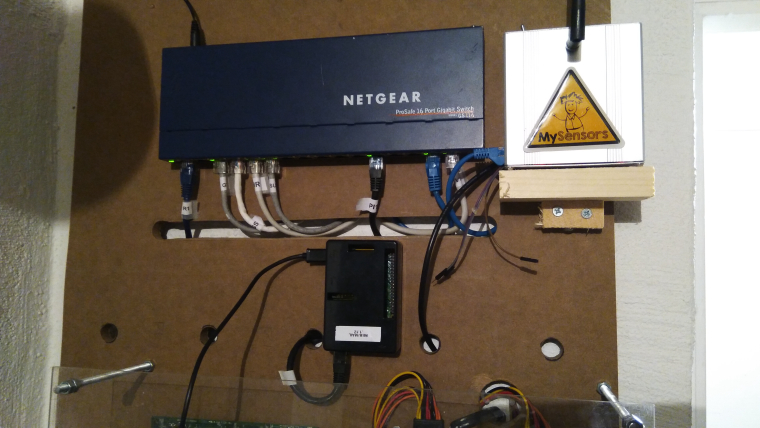
-
And there was the first failing sensor.... But was it because I changed the location on the gw? Nope... I had a temp/hum right beside the gw which I pushed so it fell on the floor...
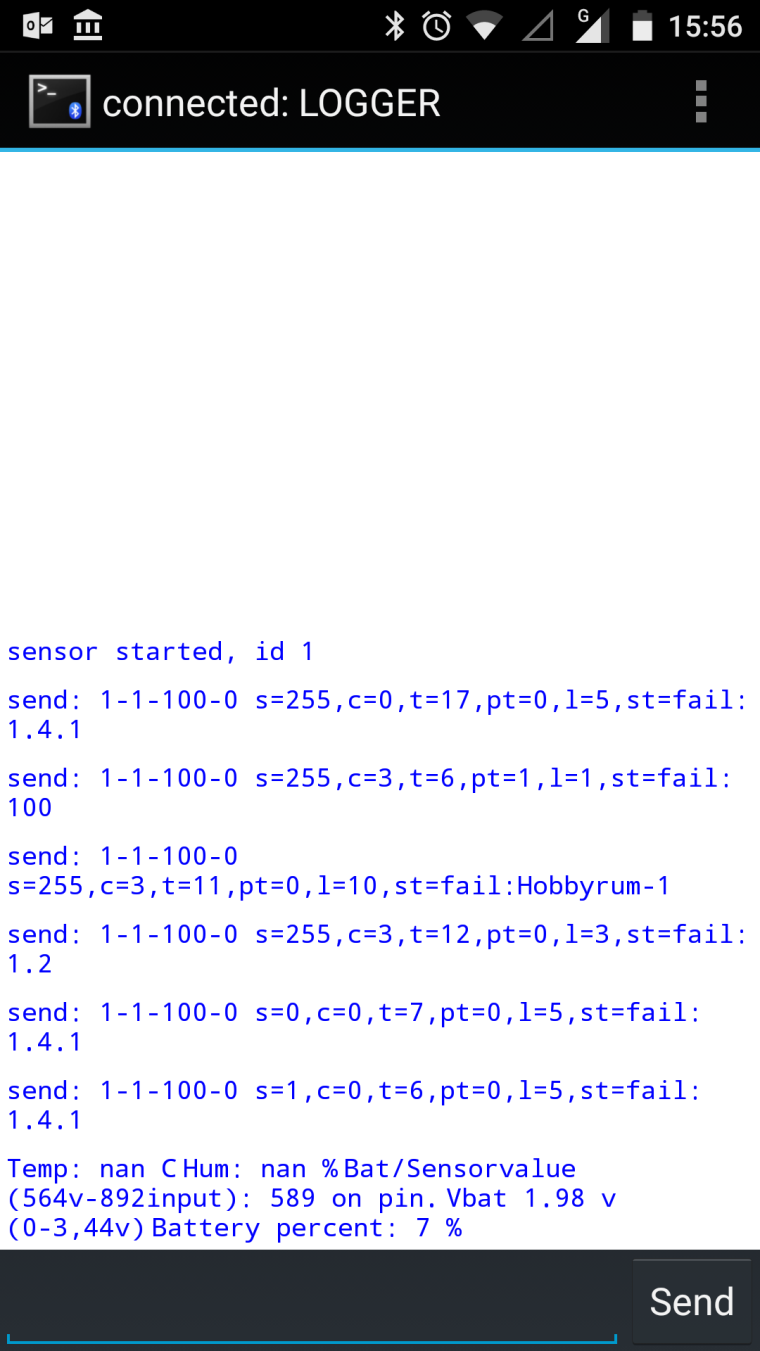
Radio cap de-attashed and sensor died.
Easy fix and now back in operation.
-

Today some maintenance on my GW.
Added a ground wire for debug and also corrected a buildmisstske and grounded the case.
And relocated (let's hope for the best) it to my new HA DIY board...

@sundberg84 Sorry for the stupid question, but what holds your WEB/MAIL black box in place?

